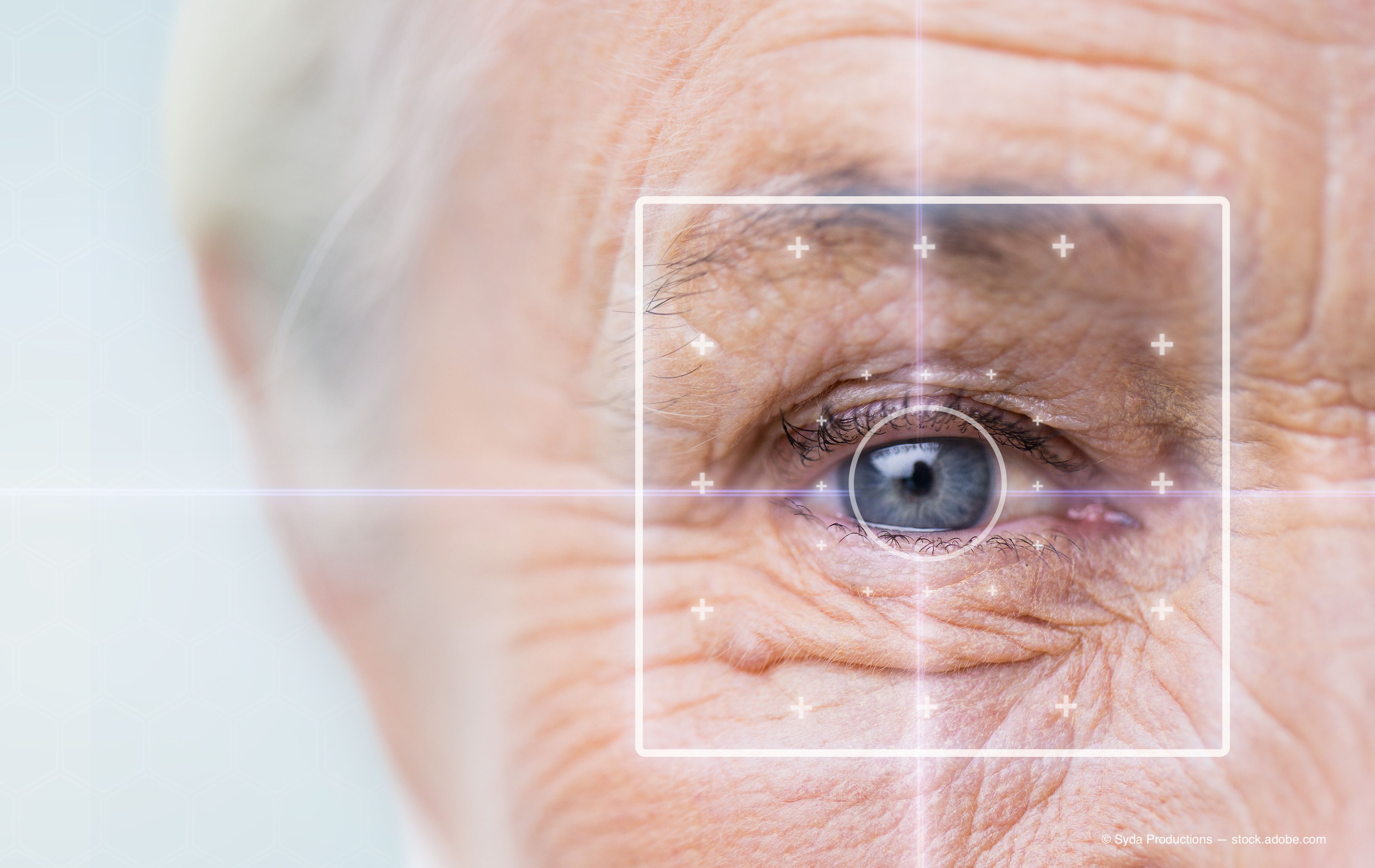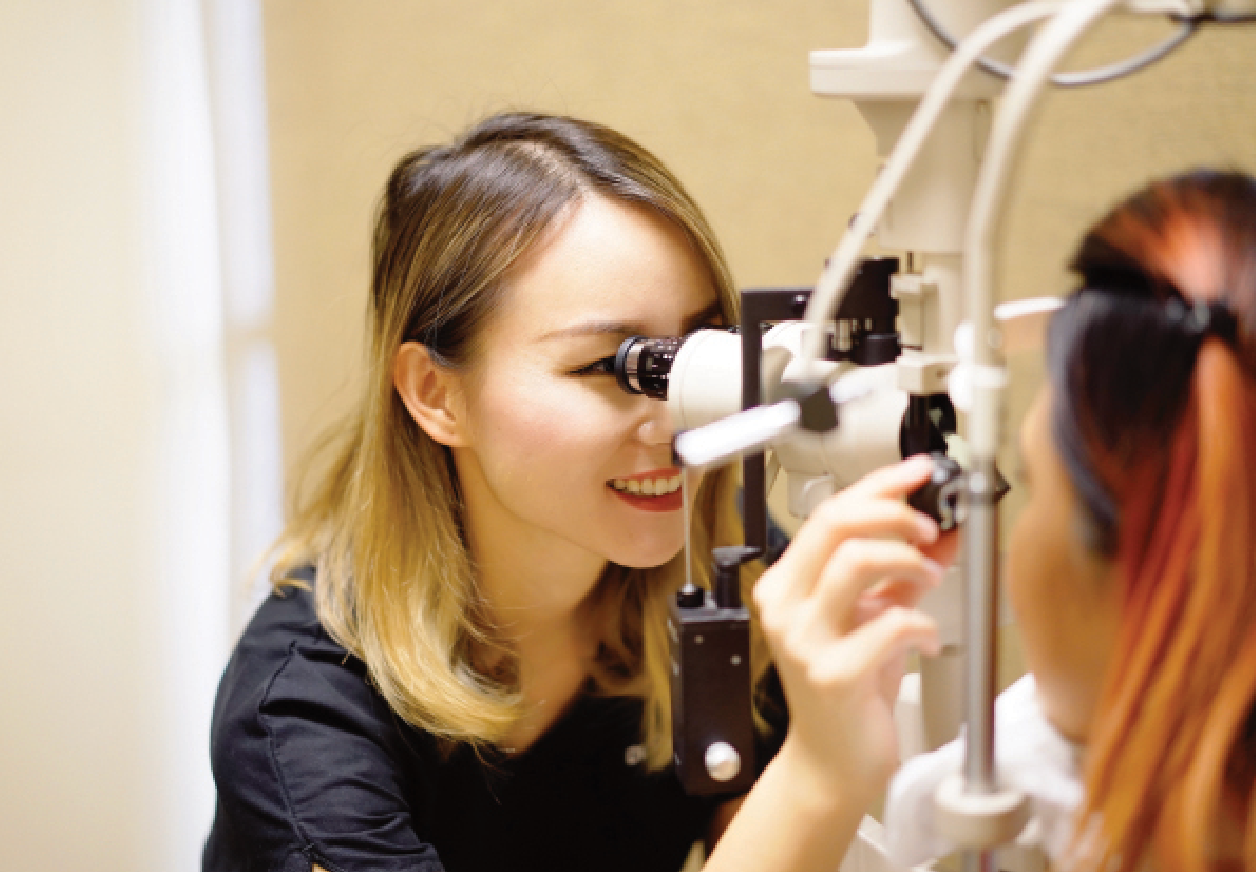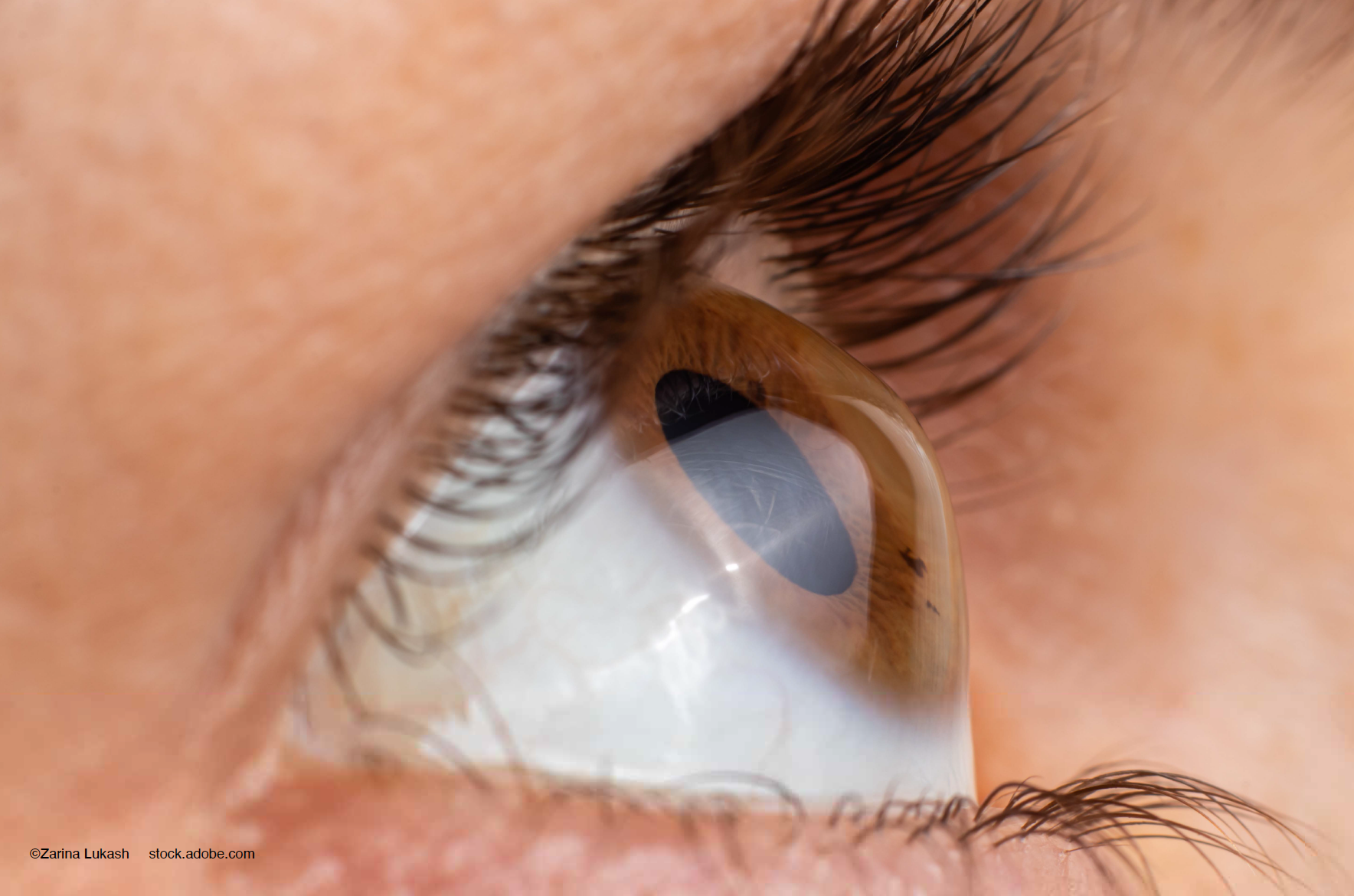Article
Getting to the root cause of ocular allergy
Being armed with as much information as possible about a patient’s ocular allergies can make a major difference in treatment decisions, whether for dry eye or scheduling of ocular surgery.
Reviewed by Mitchell A. Jackson, MD

Lake Villa, IL-Given the complexity of identifying the etiology of ocular allergy, an in-office diagnostic system (Doctor’s Allergy Formula Diagnostic System, Bausch + Lomb) allows ophthalmologists to perform skin tests for allergens at the point of care.
The noninvasive test takes about 3 minutes to administer with results available about 15 minutes later. The test uses a panel of 60 allergens specific to the region in which the ophthalmologist practices.

Allergies are a frequent contributor to ocular surface disease, which can affect treatment decisions in cataract, LASIK, and other ocular surgeries, said Mitchell A. Jackson, MD, founder and chief executive officer of Jaconsoneye, Lake Villa, IL.
Related: What clinicians should know about ocular allergies
Ocular surface disease is complex, and involves inflammation, osmolarity, environmental sources and multiple other risk factors, such asage, postmenopausal status, prior refractory surgery, autoimmune disease, diabetes, thyroid disease, lupus, Sjogren’s syndrome, computer vision syndrome, prior eyelid surgery, and contact lens wear.
Editorial: Why doctors have bigger houses than lawyers
“So are a number of common medications, including antihistamines, antimuscarinics, diuretics, beta blockers, and antidepressants,” Dr. Jackson said. “You have to evaluate all of these risk factors that can be strikes against the patient even before you evaluate them.”
Allergies are one of the most common and most variable elements in ocular surface disease, Dr. Jackson continued. Allergies can be a contributing factor as well as comorbidity.
Recent news: Novel imaging technique characterizes aqueous outflow
In addition to symptoms caused by allergies, treatment of allergic symptoms can exacerbate ocular surface disease. Antihistamines, for example, dry out the tear film.
Finding answers
Finding answers
“You need to know if a patient has a true allergy to know if they truly need the treatments that are making their dry eye symptoms worse,” he added. “Doing the skin tests in the office gives you a quick answer on what the patient is allergic to, the seasons in which allergies occur and whether the allergies are perennial.
Recent news: Imaging device for newborns may prompt universal vision screening
Knowing those answers can make a major difference in treatment decisions whether you are looking at dry eye or trying to schedule ocular surgery.”
Patients with seasonal allergies commonly take over-the-counter (OTC) antihistamines year round. They may need relief during a specific allergy season, but the rest of the year the antihistamine contributes to dry eye symptoms.
Related news: What punctal plug delivery of dexamethasone means for allergic conjunctivitis
Simply taking a patient off antihistamines when not needed can reduce ocular surface disease symptoms dramatically.
Another strategy to reduce the impact of allergy treatment is to substitute antihistamine drops with low dry eye side effects and H1 receptor specific properties, such as alcaftadine or bepotastine.
Recent: A tearscope made of paper?
Combining the two strategies-taking patients off OTC antihistamines and putting them on specific H1-receptor agents with a low dry eye side-effect profile-can provide significant relief from ocular surface disease in some patients.
Identifying the triggers
Identifying the triggers
Allergy testing can also identify patients who may believe they do not have allergies but actually are allergic to environmental factors.
Sometimes their triggers are seasonal pollens; sometimes their triggers are perennial allergens, such as dust mites.
Related: Exploring ocular demodicosis in chronic blepharitis
In addition to treating patients for allergies, ophthalmologists can help patients learn and practice allergen avoidance strategies such as using dust mite covers and not allowing pets to sleep in the bedroom, for example.
Blog: Tips for bringing your optical into the 21st century
“An allergy test can provide a lot of information that not only helps treat ocular surface disease but also when to stop treatment if it is being treated erroneously,” Dr. Jackson said. “An allergy test helps you collect all of the risk factors going in, allergy being a big one for many patients.
Related: How tee tree oil may be the answer for blepharitis
“Combine this with all of the other diagnostic tests we have available in the office and you can determine if you are dealing with allergies, inflammation, osmolarity, Sjogren’s, mebomian gland dysfunction, an aqueous deficiency, evaporative problems or a combination of issues,” he said. “An in-office allergy test can set you on a much more direct road to the most appropriate treatment.”
Drawbacks
One drawback, he noted, is that patients must usually return for another visit for allergy testing. Most payers do not cover allergy testing on the same day as an office exam.
Related: When old, new technologies converge for dry eye diagnosis
“We tell patients to stop any antihistamines, topical, systemic, oral, inhaled, intranasal, for at least 5 days prior to the test so the medications don’t mask the results,” he said. “We do the test, get the results a few minutes later, and discuss them with the patient then and there.
Dr. Jackson noted the results can answer numerous questions: Do they have allergies? Do they need to avoid allergens? Do they need HEPA filters or dust mite covers? What seasons they do and do not need allergy treatment? Do they need treatment at all?
Practice Management: Is your dispensary’s return policy hurting business?
If patients are considering surgery-such as cataract or LASIK-and have ocular surface disease that could complicate the situation, allergies should be part of the diagnostic workup, Dr. Jackson continued.
“This is great technology for the ophthalmology practice, easy to use, and easy to implement,” he said. “It is reimbursed, so you actually add value to your patients and your clinical practice.”
Read more: Is it dry eye or an allergy?
Mitchell A. Jackson, MD
Dr. Jackson is a consultant for Bausch + Lomb, TearLab, and TearScience.
Newsletter
Don’t miss out—get Ophthalmology Times updates on the latest clinical advancements and expert interviews, straight to your inbox.





